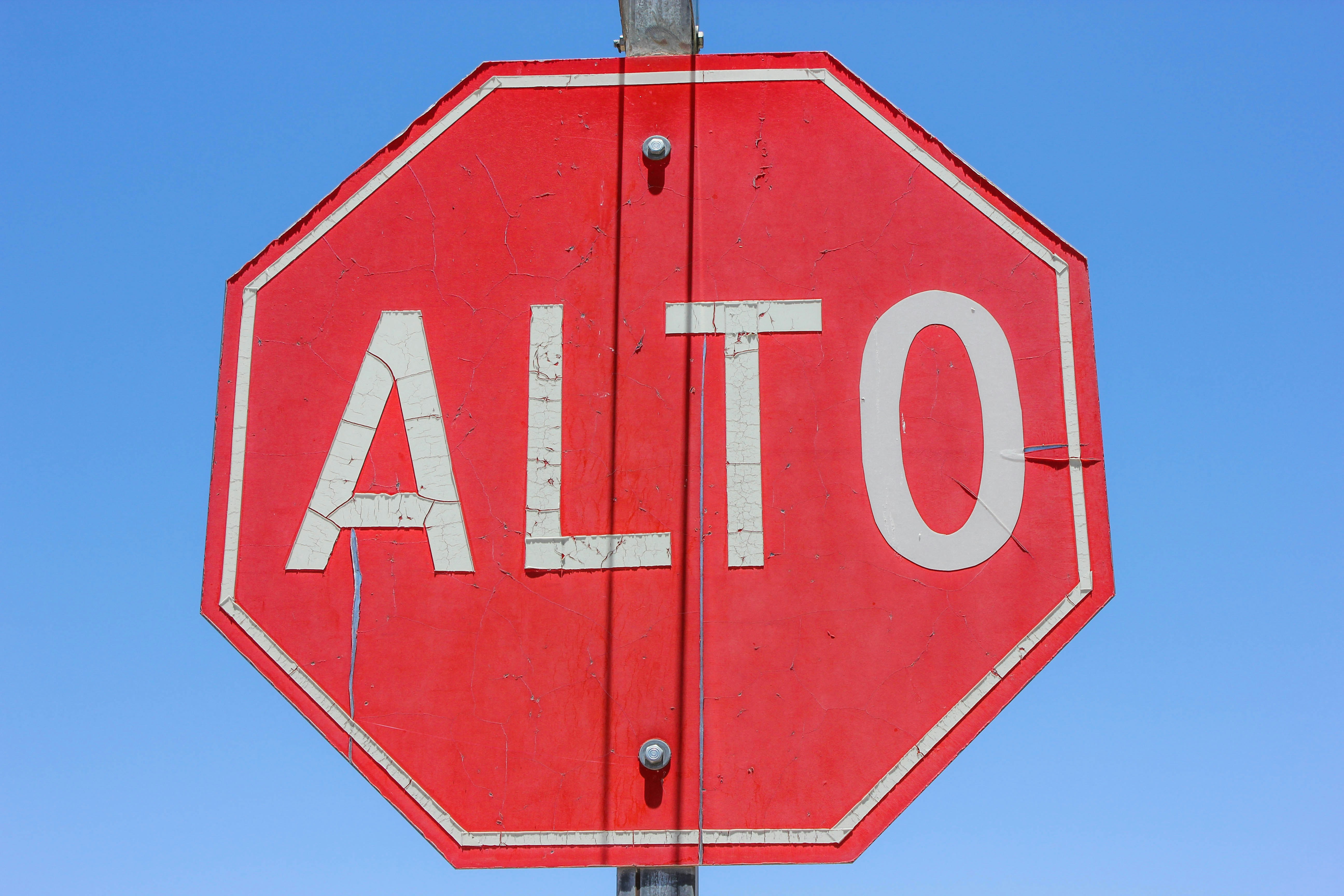Legal Frameworks of Virtual Reality: Navigating Liability in Immersive Experiences
Virtual reality (VR) has become a cutting-edge frontier, transforming how we perceive entertainment, education, and even social interactions. As these immersive digital experiences sweep across industries, they bring forth a myriad of legal complexities that require in-depth exploration. How do we address liability in a virtual realm where the lines between reality and fantasy blur? In this article, we’ll delve into the legal frameworks governing VR, unravel the intricacies of liability, and provide you with insightful tips on navigating this brave new world.
Understanding the Legal Landscape of Virtual Reality

The rapid development of virtual reality technologies is forcing legal systems worldwide to adapt—often faster than the technology itself evolves. This makes understanding the legal landscape surrounding VR crucial for creators, users, and businesses venturing into this immersive domain.
Historically, liability laws have grappled with physical damage caused by products or actions. In the case of VR, the real and virtual worlds collide, making it challenging to determine accountability in various scenarios. Traditional tort law, for instance, addresses negligent behavior that results in tangible harm. However, in a VR setting, harm may take on diverse forms—psychological trauma, virtual property damage, or even data breaches.
Liability Issues in Virtual Reality

One of the most pressing concerns in the realm of VR is liability. With immersive experiences, users often engage in physical movements, making them susceptible to accidents. What happens when a user suffers an injury while navigating a virtual environment? Who bears the responsibility?
-
Injuries Sustained in VR Experiences
Just as amusement parks and sports venues face liability for physical harm, VR companies carry similar responsibilities. When a user stumbles and injures themselves during gameplay, questions of negligence arise. Were there adequate safety warnings? Was the design of the VR environment inherently dangerous? Courts may have to navigate the legal gray space that is VR to determine fault and accountability. -
Psychological Impacts and Liability
Beyond physical injuries, there are more subtle yet significant implications in terms of mental health. Users may experience disorientation or even post-traumatic stress from intense experiences, particularly in VR storytelling scenarios that depict violence or distress. Lawyers might need to advocate for users who argue that VR developers and companies did not take sufficient precautions to prevent these psychological impacts. -
Data Security and User Privacy
As digital experiences advance, so do the complexities surrounding user data. Users often share personal information with VR platforms, creating potential vulnerabilities. If a user’s data is compromised, legal implications surrounding data privacy laws come into play. Adherence to regulations, such as the General Data Protection Regulation (GDPR), is essential, as breaches could lead to hefty fines and loss of consumer trust.
Laws and Regulations Governing VR

As we carve our path through this uncharted territory, several existing laws and regulations could provide a framework for addressing liability in VR:
-
Product Liability Law
This legal framework can hold VR hardware and software developers accountable for defective products. If a VR headset causes harm due to faulty design or instructions, the manufacturer may face legal claims. Moreover, virtual items or interactions that lead to loss or damage might also be covered under this law. -
Negligence Law
Under negligence law, VR providers are expected to meet a duty of care. This includes ensuring their platforms are safe and free from hazards. If developers neglect proper warnings or fail to design safe experiences, users may have a valid basis for legal action. -
Contract Law
Most VR platforms require users to agree to terms of service before entering. These legal agreements protect companies while outlining user rights. Understanding these contracts is vital to decipher potential liabilities, especially those concerning content, restrictions, and user responsibilities.
Navigating Intellectual Property in VR

As creative literature, music, and artworks transition into virtual landscapes, intellectual property rights become more relevant than ever. This requires content creators, developers, and users to have a firm grasp of existing IP laws governing copyright, trademark, and patent rights.
Protecting Creative Works in VR

The possibilities for artistic expression in VR are endless, from virtual galleries to interactive narratives. However, creators must ensure their work is protected under intellectual property laws to prevent unauthorized use. For more insights into protecting your intellectual property in virtual realms, consider visiting this comprehensive guide.
Collaborations and Fair Use

With the rise of VR, collaborations between creative individuals are increasingly common. Understanding fair use can allow creators to incorporate others’ works while respecting copyright. Knowing when you can use someone else's art or design without permission will be crucial as you navigate the immersive digital landscape.
Best Practices for VR Developers and Users

To mitigate legal risks, both developers and users can adopt proactive measures:
- For Developers
- Conduct thorough risk assessments during the design phases, identifying potential hazards and how to mitigate them. Offering frequent safety reminders within VR environments assists in player awareness.
-
Secure proper licensing for any third-party content utilized in VR experiences, ensuring compliance with copyright.
-
For Users
- Read terms and agreements before engaging with VR platforms to understand your rights and obligations.
- Take necessary precautions while playing; ensure your physical surroundings are safe from obstacles.
Building Legal Frameworks for the Metaverse

With the exciting future of the metaverse on the horizon, we may very well see the emergence of specialized legal frameworks tailored to virtual environments. This evolution requires a collaborative effort from lawmakers, legal experts, and VR companies to establish clear guidelines that address the unique dynamics of virtual interactions.
The Role of Legal Innovation in VR

Legal professionals should strive to innovate and adapt to virtual environments continually. They'll need to analyze emerging technologies and assess how existing laws apply in scenarios unique to VR. Collaborating with both technologists and ethicists can provide a balanced approach to developing legally sound frameworks.
The Future of Liability in Virtual Reality

As VR technology evolves, the legal landscape must also adapt. Stakeholders, including developers and users, must stay informed about changes in regulations and how they might impact liability within virtual realms. With advancements in technology, rising trends, and consumer behaviors, it's essential to keep learning and adapting.
For more fascinating discussions on the impact of emerging technology on legal practices, explore topics like AI's influence on personal injury claims or behavioral economics for smarter legal strategies.
Final Thoughts

Navigating the legal dimensions of virtual reality may appear daunting, but with diligence, education, and collaboration, stakeholders can work together to establish effective frameworks. From understanding liabilities to protecting creative works, the implications of VR on the legal landscape are vast and exciting. Embrace the opportunity to shape a safe and responsible environment in the immersive digital experiences of tomorrow.



